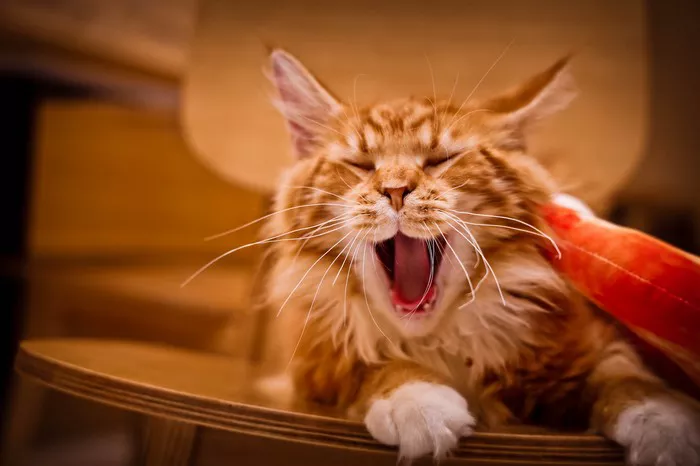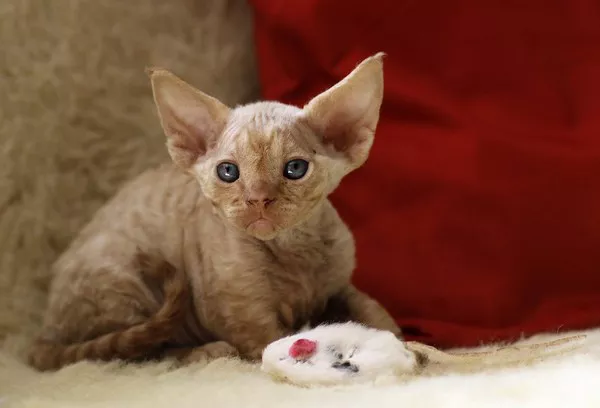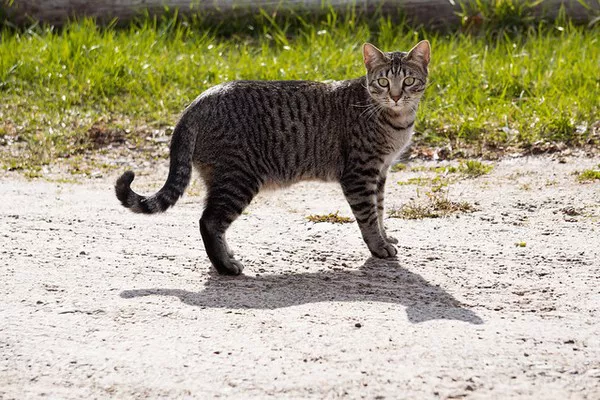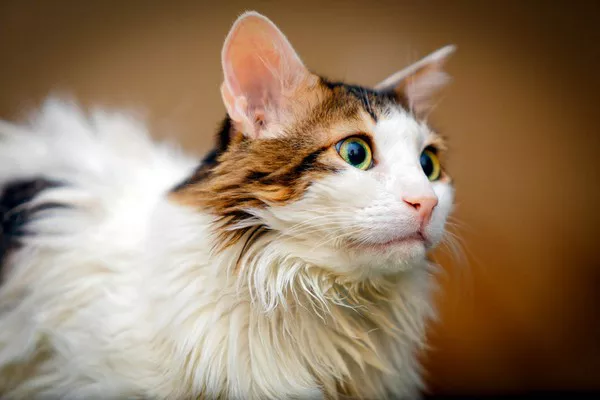When it comes to feeding our feline companions, the choice between wet and dry cat food is a decision that pet owners often contemplate. Each type has its advantages and considerations, and understanding the key differences can help you make an informed decision that aligns with your cat’s nutritional needs and preferences. In this comprehensive guide, we explore the vet-approved facts and delve into the nuances that distinguish wet and dry cat food.
Understanding the Composition
Wet Cat Food:
Wet cat food, often referred to as canned or moist cat food, has a higher moisture content, typically ranging from 75% to 85%. The primary ingredients include meat, poultry, or fish, along with water for processing. Wet cat food is available in various textures, including chunks in gravy, pâté, or shredded varieties.
Dry Cat Food:
Dry cat food, also known as kibble, has a lower moisture content, usually around 10% to 12%. The main ingredients often include meat or poultry by-products, grains, and other carbohydrates. Dry cat food is known for its convenience and longer shelf life compared to wet alternatives.
Comparing Nutritional Profiles
Hydration Considerations:
One of the most significant distinctions between wet and dry cat food is the moisture content. Wet cat food’s higher moisture level contributes to a cat’s overall hydration, which is crucial for urinary tract health. Cats are often prone to urinary issues, and the additional water intake from wet food can help prevent dehydration.
Caloric Density:
Dry cat food is more calorie-dense than wet food, meaning cats may need to consume less volume to meet their daily caloric requirements. However, this can pose a challenge for cats prone to overeating, potentially leading to weight management issues. Wet cat food’s lower caloric density can be beneficial for weight control.
Dietary Preferences:
Cats can be selective eaters, and individual preferences vary. Some cats may favor the taste and texture of wet food, while others may prefer the crunchiness of dry kibble. Offering a combination of both can cater to your cat’s taste preferences and provide dietary variety.
Dental Health:
The chewing action required for dry cat food can contribute to dental health by promoting dental cleaning and reducing plaque buildup. However, it’s essential to note that kibble alone may not be sufficient for comprehensive dental care. Regular dental check-ups and appropriate dental care are crucial regardless of the food type.
Vet-Approved Insights
Balanced Nutrition:
Veterinarians emphasize the importance of providing a balanced and complete diet, regardless of whether it’s wet or dry cat food. Both options can meet a cat’s nutritional needs when chosen wisely and from reputable brands. It’s crucial to select cat food labeled as “complete and balanced” to ensure it meets the standards set by regulatory authorities.
Life Stage Considerations:
Cats at different life stages, such as kittens, adults, and seniors, may have varying nutritional requirements. Wet and dry cat food options are formulated to meet the specific needs of these life stages. Consultation with a veterinarian can help determine the most suitable diet for your cat based on their age, health status, and lifestyle.
Weight Management:
Weight management is a critical aspect of feline health. While the lower caloric density of wet cat food can aid in weight control, it’s essential to monitor portion sizes and adjust the diet based on your cat’s individual needs. Veterinarians can provide guidance on maintaining an ideal body condition score.
Health Conditions:
Cats with specific health conditions, such as urinary tract issues or dental problems, may benefit from a tailored diet. Veterinarians may recommend a specific type of cat food to address these conditions. Wet food’s higher moisture content, for example, can be beneficial for cats prone to urinary concerns.
Making Informed Decisions
Variety in the Diet:
Offering a variety of cat food textures and flavors can be beneficial. Cats may become bored with a monotonous diet, and introducing different options can stimulate their appetite and ensure they receive a diverse range of nutrients.
Transitioning Between Types:
If you decide to switch your cat’s food type, it’s essential to do so gradually. Abrupt changes can lead to digestive upset. Gradually mix increasing amounts of the new food with the old, allowing your cat’s digestive system to adjust over several days.
Regular Veterinary Check-ups:
Regular veterinary check-ups are crucial for monitoring your cat’s overall health, including their weight, dental condition, and any signs of nutritional deficiencies. Veterinarians can offer personalized advice based on your cat’s specific needs.
Conclusion
The choice between wet and dry cat food ultimately depends on various factors, including your cat’s preferences, health status, and your lifestyle. Both options can provide essential nutrients when chosen wisely. Veterinarians play a pivotal role in guiding pet owners toward the most suitable diet based on individual circumstances. By understanding the vet-approved facts and key differences, you can make informed decisions that contribute to your cat’s well-being and longevity.



























